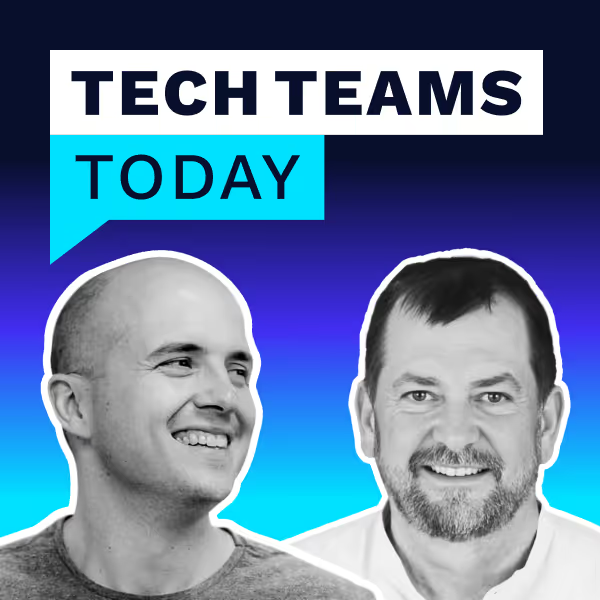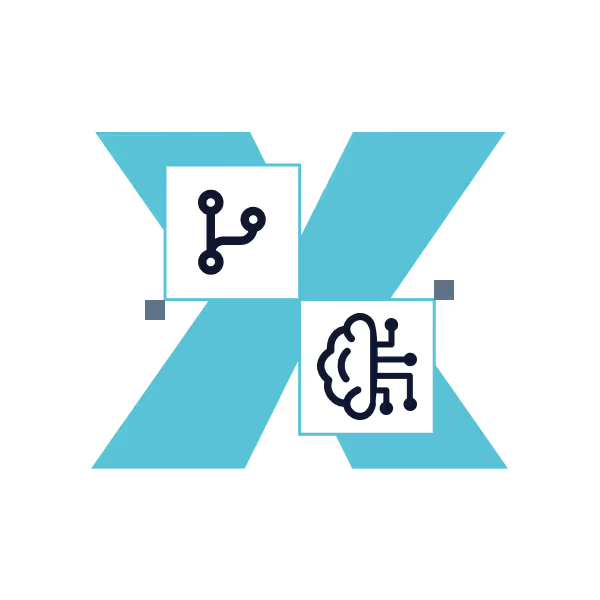On this episode of Tech Teams Today, I sat down with Jim Meyer—someone whose leadership résumé reads like a tour through the history of modern tech: Slack, LinkedIn, DreamWorks, Rackspace, Salesforce. Today, he works as a fractional CTO guiding startups through messy, pivotal transitions.
Jim dropped insight after insight—and if you're leading or scaling an engineering org in 2025, you'll want to carve out time for this one.
Culture scales. So does dysfunction.
Jim made a point I haven’t stopped thinking about since the recording:
“Culture scales like your systems. If it’s broken, it breaks louder when you grow.”
He’s seen it firsthand—from LinkedIn’s hypergrowth years to early-stage startups trying to find their footing. His takeaway was clear: you need explicit, shared values early on, because as headcount scales, those values become muscle memory—or dysfunction.
→ Takeaway: Culture won’t “sort itself out later.” It amplifies. Set the tone early.
Leadership is pointing the rocket—not piloting the ship
Jim’s metaphor for leadership hit home: “You’re not steering the team. You’re riding a rocket—you just need to point it in the right direction.”
He described the difference between micromanaging and empowering: ensuring alignment, spreading context, and getting everyone aimed at the same outcomes. That’s when teams move fast—and own the mission.
→ Takeaway: Great engineering leaders align for outcomes, then get out of the way.
Technical debt = a productivity credit card
One of the most viral-ready quotes of the episode:
“Technical debt is swiping the credit card of your team’s future productivity.”
Jim’s framing made this familiar concept hit harder. Tech debt is sometimes necessary—but leaders have to be clear on the tradeoffs, and be ready to pay it down before the interest compounds.
→ Takeaway: Don’t fear tech debt—but don’t forget it’s debt. The bill will come due.
The secret to running great hybrid teams
Jim’s been leading remote and hybrid teams long before it was the norm. His rule? Plan your rituals like everyone is remote—even if some aren’t.
He shared practical tips: equal participation in meetings, cultural signals like using “stack” in chat to manage conversations, and intentionally making time for human connection.
He also credited Slack’s policy of getting every team together at least once a year in person—not for efficiency, but for empathy.
→ Takeaway: Remote teams thrive when you design for inclusion, not proximity.
AI won’t save you—but it will help you think
Jim’s take on AI was refreshingly grounded. He sees AI as a “research partner” and a “junior dev who tries to do five things at once.”
For engineering leaders, the message was clear: AI can speed you up, but it doesn’t replace understanding. You still need to know your domain, your codebase, and your frameworks to validate what AI produces.
→ Takeaway: AI is an accelerator—not a replacement—for engineering fundamentals.
Final thoughts
This one felt like sitting down with the mentor every engineering leader wishes they had. Jim’s blend of experience, clarity, and humility made it one of our most tactical and inspiring episodes to date.
🎧 Listen to the full episode here:
Want more unfiltered convos like this? Subscribe to Tech Teams Today for weekly episodes with engineering leaders navigating AI, org scale, and the future of work.






